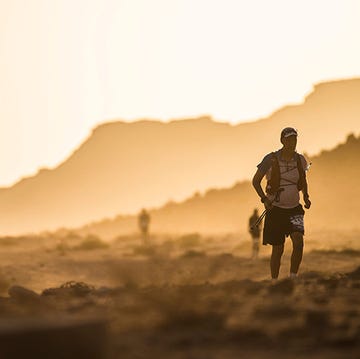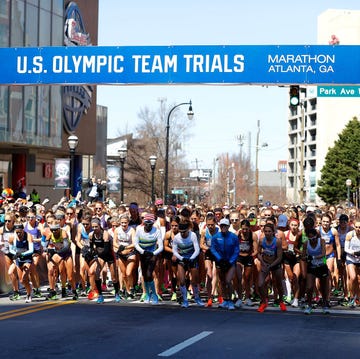A 31-year-old woman from Melbourne who got lost while running in a ski town in Australia’s Victorian Alps has drawn attention to safety measures every runner should keep in mind when hitting the trails. She went for a run near Mount Hotham on Sunday, but after three hours had passed and there was no word from her, her family grew concerned and called the police. They were staying in an area just 13 kilometers away, and she’d told them she’d return in about an hour.
She got lost on a remote trail and police say she’s lucky to have made it out alive, considering the dangerous conditions in the Victorian Alps, where temperatures can dramatically plummet overnight. A search party was dispatched, including ski patrol and local volunteers, and the runner was found several hours later, just before sunset, by a man riding his trail bike about 25 kilometers from where she began her excursion.
Professional trail runners and area authorities quoted in an ABC News story about the missing woman pointed out that things could have gone very differently for her if the cyclist hadn’t happened upon her when he did. She didn’t have a map and her phone’s battery had died in the cold.
More From Runner's World

“If the weather had been different—limited visibility, blizzard or cold conditions, it could have been a totally different outcome,” said Senior Sergeant Doug Incoll.
Incoll shared some tips runners can employ to avoid ending up in a similar or worse situation, including running with a friend if possible, and taking a fully charged phone or other means of communication. Professional ultra runner Mathieu Dore added that while it’s smart to have a phone on you, the cold can drain the battery, so he always researches the area where he plans to run in advance.
“I write down [the route] so everything is mapped out or indicated on a little bit of paper,” he said.
Analog notes are especially helpful for retracing steps if the area is windy, which is often true of the Victorian Alps, where trails are quickly covered over, making it difficult to retrace your steps.
It’s also important to pack ample water, nutrition, and layered clothing, including a thermal long sleeved shirt and a lightweight, sealed seam jacket. If all else fails, Incoll recommended staying in one place and seeking shelter.
"That limits the area that the rescuers have to find you," he said.
For more tips on safe trail running in wintry conditions, be sure to read our guide.

Abby Carney is a writer and journalist in New York. A former D1 college runner and current amateur track athlete, she's written about culture and characters in running and outdoor sports for Runner's World, Like the Wind Magazine, The New York Times, and other outlets. She also writes about things that have nothing to do with running, and was previously the editor of a food magazine.












